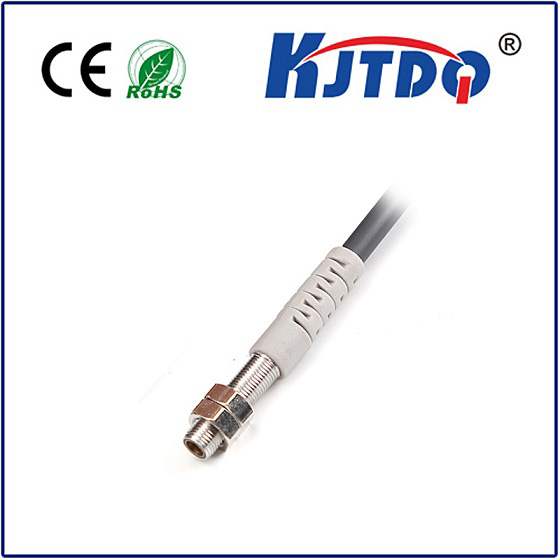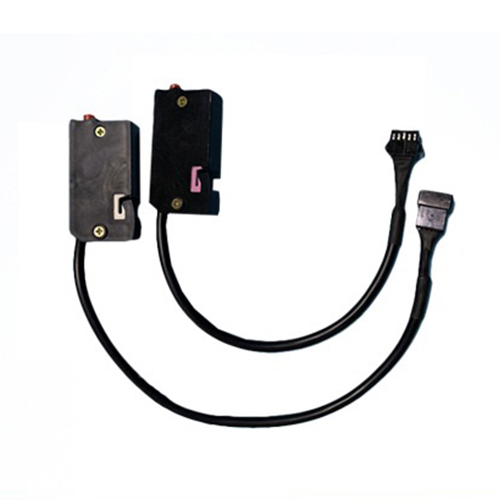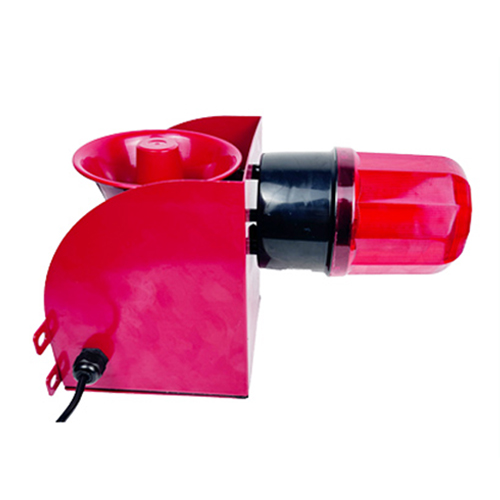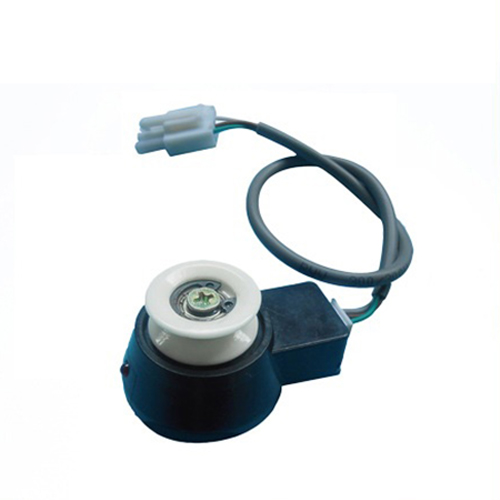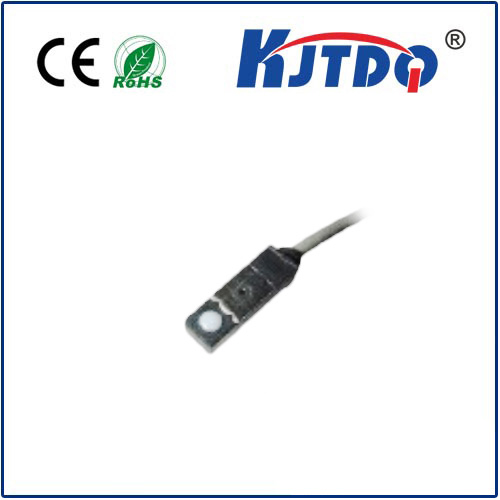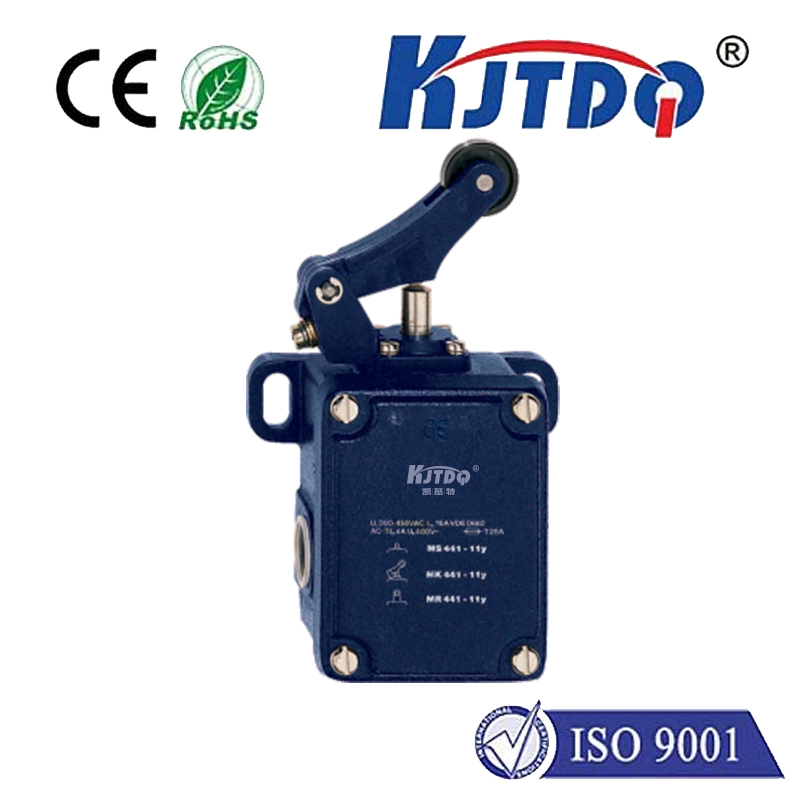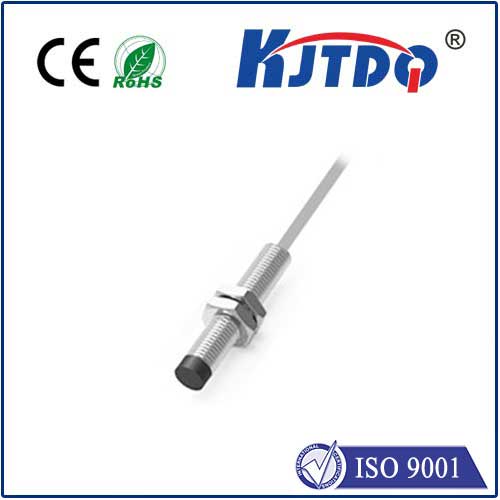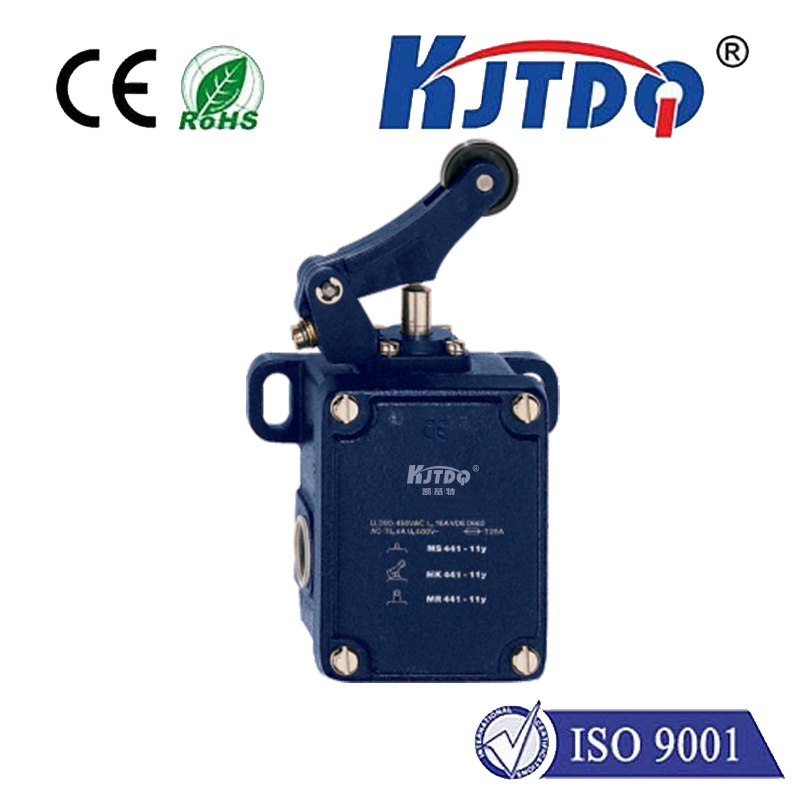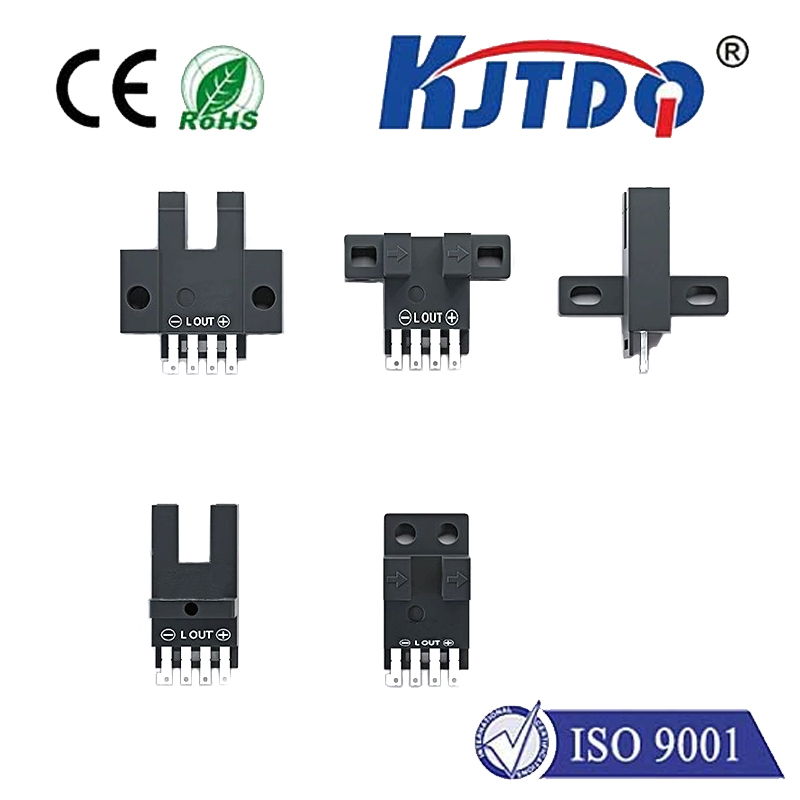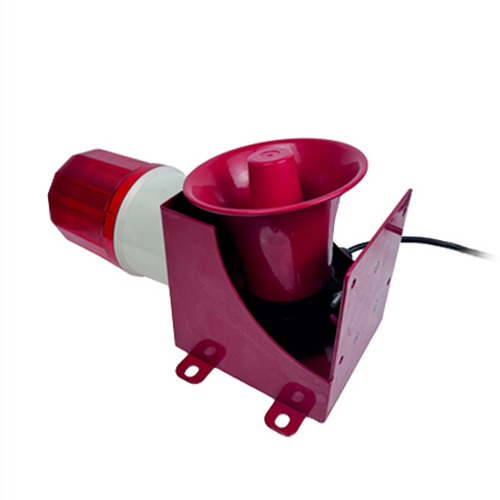photoelectric light switch
- time:2025-07-23 13:55:53
- Click:0
Photoelectric Light Switches: The Smart Way to Automated Lighting
Imagine never fumbling for a light switch in the dark again. Picture pathways illuminated as you approach, garage lights activating the moment you drive in, or porch lights greeting you at dusk – all without lifting a finger. This isn’t futuristic tech; it’s the practical, everyday magic delivered by photoelectric light switches. Also known as photocell switches or dusk-to-dawn sensors, these ingenious devices harness the power of light sensitivity to bring seamless automation to your lighting, enhancing convenience, boosting energy efficiency, and strengthening security.
Understanding the Core Principle: Light Sensing Automation
At the heart of every photoelectric light switch lies a crucial component: the photoelectric sensor. This sensor continuously monitors the ambient light level in its environment. Unlike standard timers or motion sensors, its primary trigger is the absence or presence of natural light. Here’s how it functions:
- Light Detection: The photoelectric sensor detects the intensity of incoming light.
- Threshold Activation: The switch is programmed with a specific light threshold (typically calibrated at dusk).
- Response: When ambient light drops below this preset threshold (signalling dusk or darkness), the internal photocell triggers the switch to turn the connected lights ON.
- Deactivation: Conversely, when ambient light rises above the threshold again (signalling dawn or sufficient daylight), the photoelectric light switch automatically turns the lights OFF.
This elegant simplicity makes photoelectric light switches exceptionally reliable and low-maintenance solutions for outdoor and some specific indoor applications.
The Unbeatable Advantages: Why Choose a Photoelectric Light Switch?

Integrating automatic lighting control via a photoelectric light switch offers a compelling array of benefits:
- Significant Energy Savings: This is often the primary driver. Lights only operate when absolutely necessary – during the night. They automatically switch off at dawn, eliminating wasteful daytime illumination. This translates directly to lower electricity bills and a reduced carbon footprint. Energy efficiency isn’t just a buzzword; it’s a tangible outcome.
- Enhanced Safety and Security: Well-lit exteriors deter potential intruders. Photoelectric light switches ensure pathways, driveways, porches, and entryways are consistently illuminated throughout the night, reducing trip hazards and making properties less appealing targets. It creates a visible, passive security system.
- Unmatched Convenience: Forget manual operation. Your lights manage themselves based on natural light cycles. No more arriving home to a dark property or remembering to turn porch lights off in the morning. It’s hands-free lighting control at its best.
- Increased Longevity: By reducing the number of operating hours, automatic lighting systems extend the lifespan of light bulbs (especially beneficial for traditional incandescent/halogen), leading to fewer replacements and lower maintenance costs.
- Reliability and Simplicity: With no complex programming or timers to reset seasonally (though some advanced models offer adjustments), photoelectric light switches provide consistent, hassle-free operation year-round. They react purely to environmental light levels.
- Versatility: While predominantly used outdoors, photocell switches are also valuable in specific indoor settings like utility rooms, dark closets, server rooms without windows, or attics where natural light dictates the need for artificial lighting.
Where Photoelectric Light Switches Truly Shine: Ideal Applications
The dusk-to-dawn functionality of photoelectric light switches makes them perfect for numerous locations:
- Outdoor Security Lighting: Floodlights, wall packs, and porch lights.
- Pathway and Landscape Lighting: Illuminating walkways, garden features, and steps.
- Driveway and Garage Area Lighting: Providing visibility for vehicles and pedestrians.
- Signage Illumination: Ensuring business signs are lit only during nighttime hours.
- Parking Lots and Commercial Exteriors: Large-scale energy savings and safety.
- Street Lighting: (Typically managed municipally using similar photocell technology).
- Indoor Utility Areas: Basements, closets, attics, or garages where windows are insufficient.
Beyond Basic Dusk-to-Dawn: Integration and Advanced Options
The core photoelectric light switch is brilliantly simple. However, technology offers enhancements:
- Adjustable Sensitivity: Many models allow you to fine-tune the light level at which the switch activates, accommodating different environments (e.g., under heavy tree cover vs. open field).
- Time Delay Options: Some switches incorporate a brief delay (e.g., 15 seconds to 5 minutes) before turning lights off after dawn is detected, preventing flickering during brief light changes like passing clouds.
- Smart Photoelectric Switches: Emerging models integrate photocell functionality with Wi-Fi or other protocols, allowing remote monitoring, scheduling overrides via apps, and integration into broader smart home ecosystems, blending light-sensing with user control.
- Combined Motion Sensors: For areas requiring light only during active use and only at night (like a seldom-used side path), hybrid photocell motion sensor lights offer the ultimate in targeted energy efficiency, turning on only when it’s dark and motion is detected.
Selecting and Installing Your Photoelectric Light Switch: Key Considerations
Choosing the right automatic lighting control solution involves a few factors:
- Voltage and Load: Ensure the switch’s voltage rating (e.g., 120V, 240V, 12V for low-voltage lighting) and maximum wattage/amp load capacity match your lighting fixture(s).
- Weather Resistance: For outdoor installations, select a switch with an appropriate weatherproof rating (e.g., IP65).
- Wiring Configuration: Understand your existing wiring. Some photoelectric light switches replace standard wall switches, while others are designed to wire directly into the fixture itself (integrated socket photocells) or used as standalone plugs. Consult an electrician if unsure.
- Desired Features: Do you need adjustable sensitivity, time delay, or smart features? Determine what enhances your specific application.
- Sensor Placement: Position the photoelectric sensor where it receives adequate ambient light without being shaded by eaves, obstructions, or facing directly at another light source that could trick it into thinking it’s daytime. Proper placement is critical for reliable operation.
Installation is generally straightforward for those comfortable with basic electrical work, often involving connecting line (power), load (to the light), and neutral wires. Always prioritize safety: turn off power at the breaker before installation. For complex setups or uncertainty, professional installation is recommended.
Embracing Automated Efficiency
The photoelectric light switch is a testament to how simple, sensor-driven technology can profoundly impact our daily lives and resource consumption. By intelligently responding to the natural rhythm of day and night, these switches deliver hands-free lighting control, substantial energy efficiency, enhanced security, and peace of mind. Whether illuminating a home’s entrance, a commercial property, or pathways, the photoelectric light switch offers a reliable, cost-effective, and environmentally conscious solution for automatic lighting. It transforms a basic utility into a seamless and smart part of your environment.












